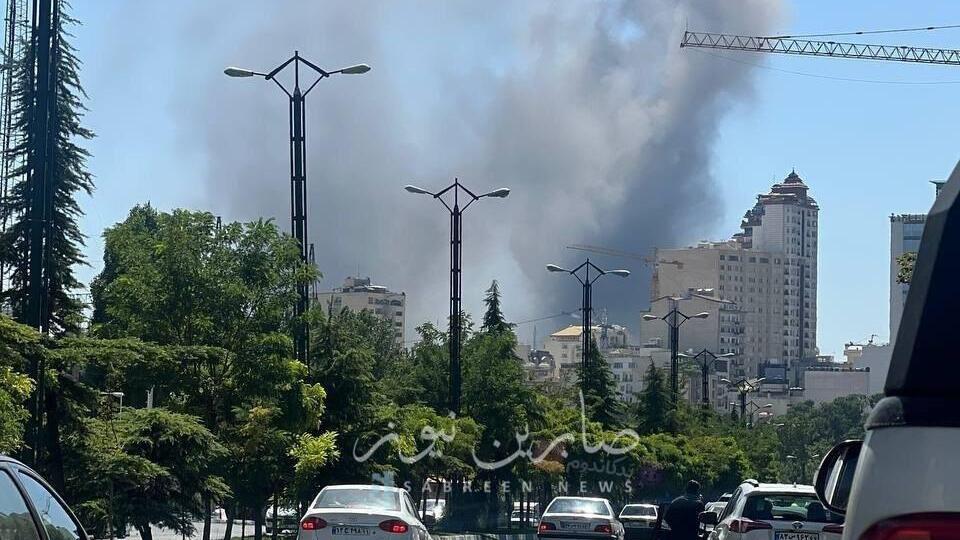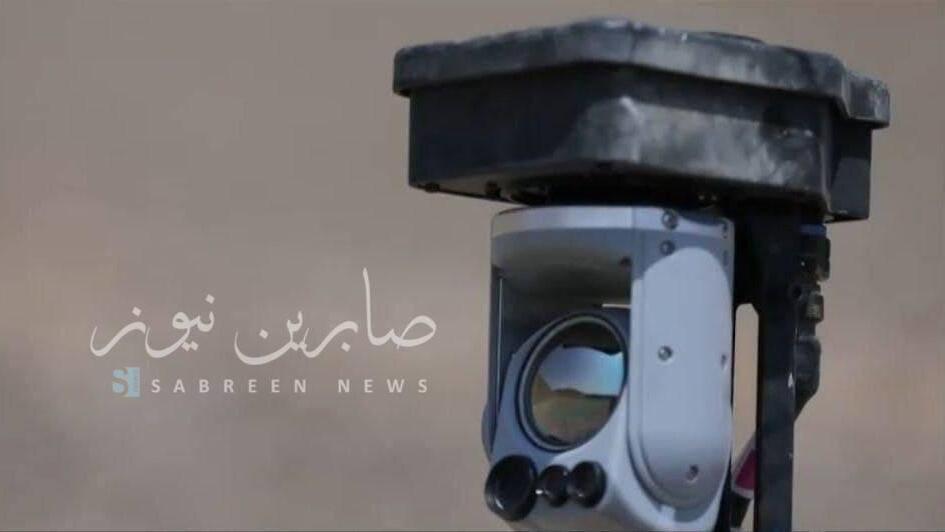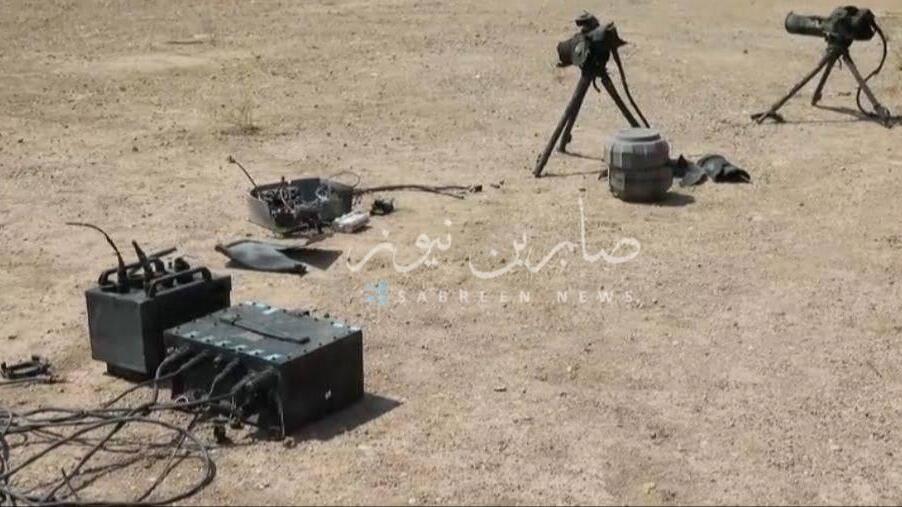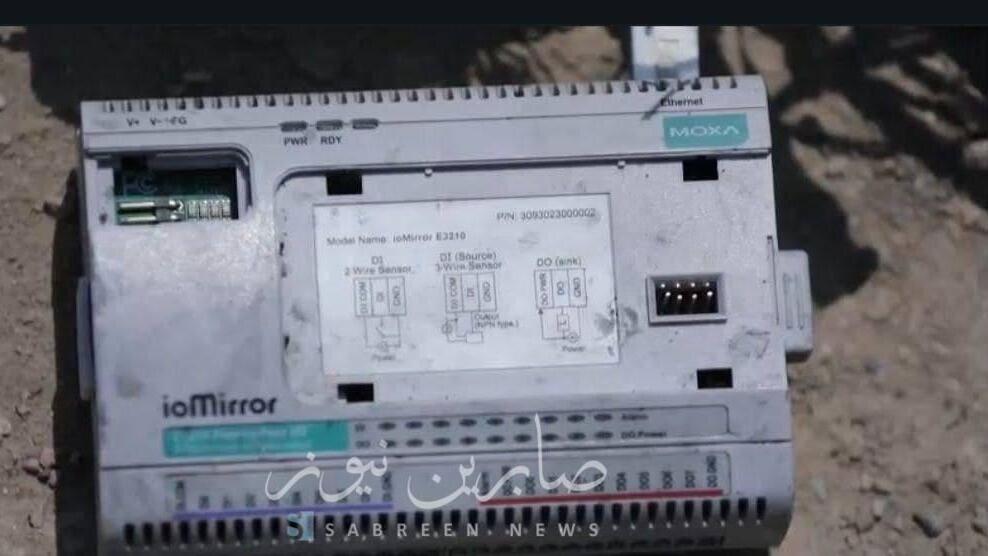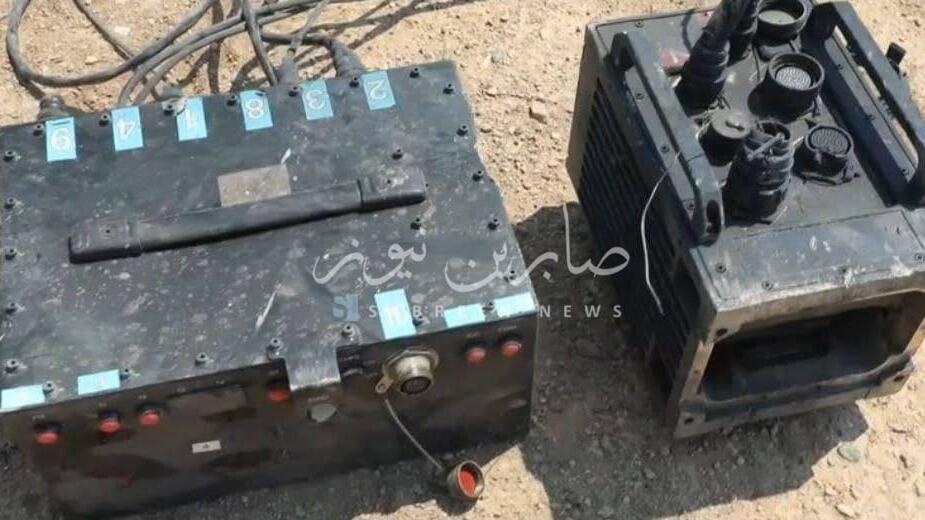The IDF said Tuesday that its recent strikes on Iranian missile launchers and storage sites are significantly disrupting Iran’s ability to launch large-scale barrages, with the latest overnight and morning launches against the country involving fewer missiles than those seen at the start of the war.
The military said in was launching more attacks in a scope not yet seen, shortly before explosions were reported in Tehran. An official added that the Iranian military leadership was "on the run," after the newly appointed chief of staff was killed in a targeted strike earlier.
Since the beginning of Operation Rising Lion, Israel has targeted missile platforms and launchers across Iran, hampering Tehran’s offensive capabilities. Overnight, the IDF focused on sites housing UAVs, ballistic missiles and air defense systems in western Iran.
IDF strikes in Tehran on Tuesday afternoon
The same wave of strikes included the assassination of Iran’s top military commander, Ali Shadmani, who had recently been appointed “chief of war staff” following the elimination of his predecessors.
According to the military, dozens of surface-to-surface and surface-to-air missile launchers were destroyed overnight, along with supporting infrastructure. On Monday, IDF spokesperson Brig. Gen. Ephraim Defrin estimated that roughly one-third of Iran’s launchers—about 120—had already been taken out. He added that Israel had managed to destroy 20 missiles on the ground before they could be launched toward Israeli territory.
Throughout the night, sirens sounded in several areas across Israel due to missile launches from Iran. The first two alerts were triggered by individual missiles and the third by a single launch.
On Tuesday morning, Iran launched a larger barrage of roughly 20 missiles without prior warning from the IDF’s Home Front Command. Some missiles landed in central Israel with no injuries reported. Around 30 drones launched toward Israel were intercepted during the night and early morning.
Get the Ynetnews app on your smartphone: Google Play: https://bit.ly/4eJ37pE | Apple App Store: https://bit.ly/3ZL7iNv
Meanwhile, the pro-Iranian "Sabereen" outlet published images of Israeli Spike (known in Hebrew as "Gil") anti-tank missiles allegedly discovered inside Iran. The group claimed Mossad operatives had used them to target Iranian air defense systems and radar installations.
These Spike launchers, produced by Rafael Advanced Defense Systems, are currently used by Golani Brigade infantry troops in Khan Younis—and now, reportedly, on Iranian soil.
Although Spike missiles are equipped with fully autonomous guidance systems, operators can track them in flight and redirect them mid-course. While they can be launched from aircraft, footage from Iran shows they were fired from ground-based tripods. Other images appear to show the missiles were used to assassinate Iranian officials inside their homes, not just to strike missile infrastructure.
Military sources emphasized that the photos of the launchers in Iran do not raise intelligence concerns. Hezbollah already obtained a Spike missile in 2006 and transferred it to Iran, where it served as the basis for the locally produced “Almas” missile. Hezbollah has since deployed Almas missiles in combat against Israeli forces.



